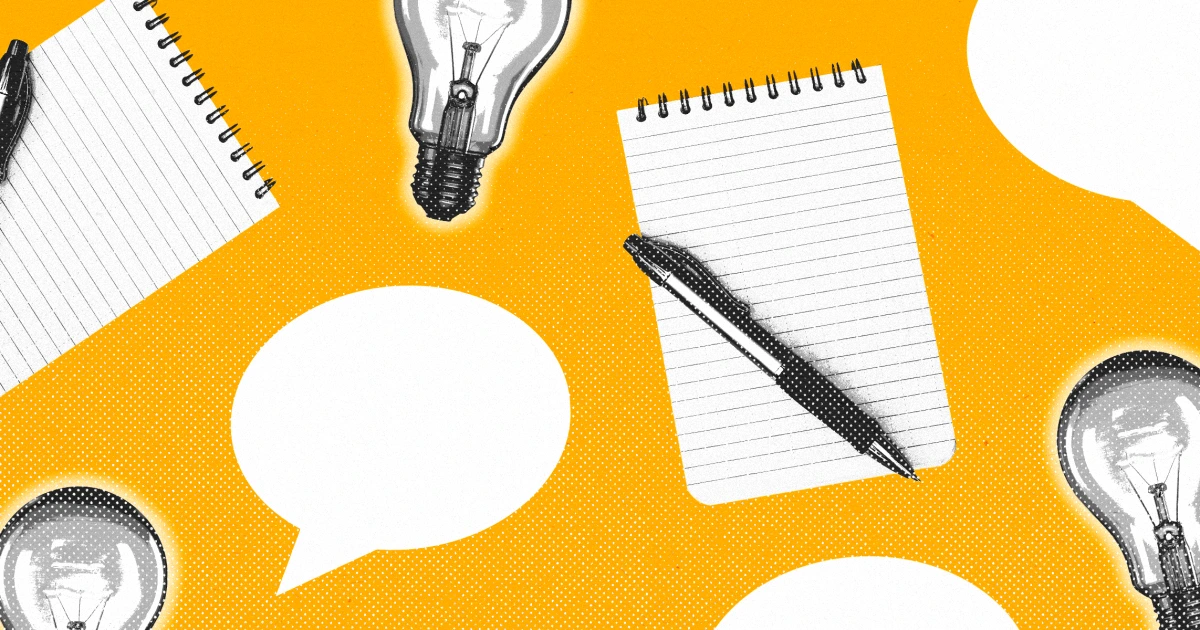Copyright TODAY

Anxiety can feel like a runaway train full of your worries is zooming through your head. “When we are in those (anxious) states, our minds are somewhere else. We’re worrying about the future or ruminating about what didn’t go so well in the past,” Sharon Martin, a clinical social worker and psychotherapist, previously told TODAY.com. The only thing you can change, or control, is the here and now, but that’s understandably tough to do when it is obscured by intense feelings. Fortunately, there’s a way to reconnect with the present, and it doesn’t take much time: grounding. By grounding yourself, you’re focusing on what’s happening in front of you instead of dwelling on life’s what-ifs. Grounding, a type of mindfulness, allows us to use the present as a healthy distraction from thoughts taking over our minds. Its purpose is to remind you that “your agency is in the present,” Dr. Ayanna Abrams, Psy.D., founder of Ascension Behavioral Health, previously told TODAY.com. Therapist Tip of the Day: Try Grounding as a Quick Anxiety Fix Grounding is a calming exercise where you sit or stand and focus on your physical connection to the earth, either through your foot or a chair. It can help combat anxiety because it pulls you into the present. “When we do grounding exercises, we bring our focus, our attention to what’s happening to right here and now,” Martin said. It forces your mind to slow down and take inventory of the things that are actually within your control. Adding some gentle movement can help to bring your mind to (and keep it in) the present moment. Practice the technique using this beginner-friendly "Feel Grounded and Calm" routine. Why It Matters An estimated 40 million Americans deal with anxiety, according to the Anxiety & Depression Association of America, yet only one in four people is getting treatment. While there’s no single solution that will soothe everyone’s anxieties or cure those with the disorder, grounding is a great place to start, especially as an immediate intervention, the experts say. A small 2013 study found that grounding techniques were more effective at reducing anxiety in the moment than relaxing, and overtime, it becomes more effective. How to Get Started Before you start grounding yourself, Martin suggests first evaluating how anxious you are. This way, you can compare how you felt before and after the grounding exercise. Take note of your physical systems, including your breath rate. How to Try Grounding Yourself Sit down. Don’t stress about not being able to find a quiet place; you can ground yourself anywhere, any time. To physically ground yourself to the floor and your seat, put your feet on the floor and place your hands either on your seat or on your knees. This stability will help reinforce security. Take a deep breath while keeping your eyes open. Focus on something around you. It could be the texture of your clothing, how the seat feels, the light glimmering through the window or the color of other people’s shoes. Continue to breathe deeply, taking in the things around you and deliberately focusing on them. Slowly, your mind will start to tune out the anxiety. If you’re still struggling, instead, remember a time when you felt at peace and happy. Think about that time and focus on the details. Where were you? What colors did you see? Who was there? Do this for a few minutes and repeat as needed. If you're struggling to quiet your thoughts and slow your breathing, try incorporating short meditations into your daily routine. You can listen to this Stress Relief Meditation or Connecting to Breath Meditation while running errands, doing dishes, or drinking your morning coffee.



